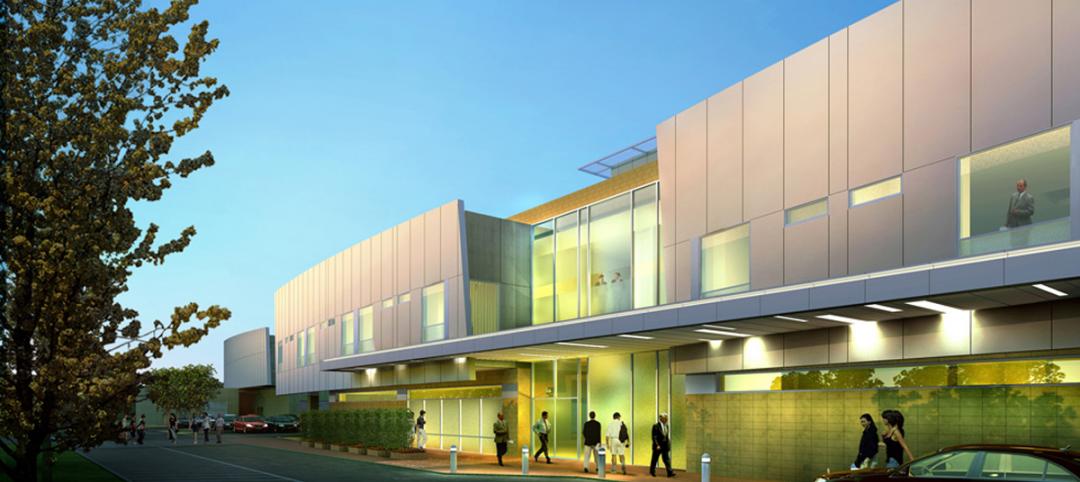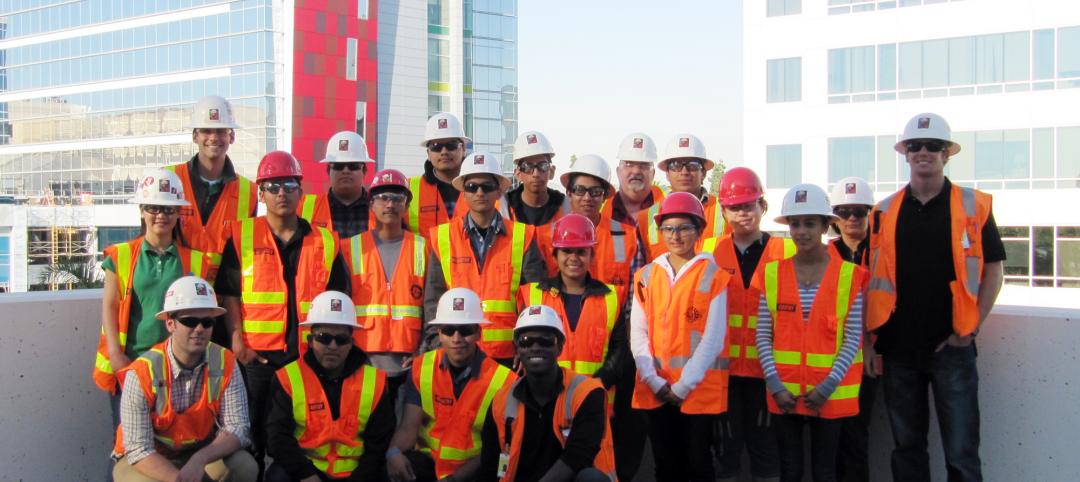This morning marks roughly 48 hours since my family and I emerged from our temporary home not knowing what we’d find in the wake of Hurricane Irma. After a circuitous route home, we pulled into our driveway with the same uncertainty. We’re among those fortunate enough to have minimal damage and are fully functional with power and water. Millions of our fellow Floridians were not as fortunate and are still waiting for power and water. Pictures from the Caribbean and the Florida Keys are heartbreaking to look at and I find myself pondering if I would have the strength to endure what thousands are presently enduring. My family is truly fortunate and grateful.
Planning for Disaster
As the storm approached Florida, two of our clients battened down the hatches in relatively new hospitals, designed specifically to withstand significant weather events like Hurricane Irma. During a situation like this there are three things I know to be true: Mother Nature can be quite unpredictable, no facility is infallible and no plan is foolproof. Despite this, patients and families in our clients’ facilities could take comfort in knowing these buildings were designed with severe weather in mind. The leadership of these organizations had a specific vision to commission the design and construction of these facilities to withstand these weather events and then backed that vision up with the funding to make it happen. A few significant design outcomes of this vision were:
- Generators that keep air conditioning functioning when the power goes out
- Glass designed to withstand significant impact from airborne debris
- Wells to bring water from the ground to replace city water
These are features we all hope are never needed but require significant investment and commitment from the organizations’ leadership. Are these additions truly worth the cost when there are so many other issues competing for capital dollars? If you ask this same question to the families, patients and staff who faced Irma in those buildings, you would get a resounding “yes.” This week, the vision those leaders had a decade ago, came to fruition.

Setting Priorities
Not all hospitals have, (or should have), the same vision that these organizations did, but a significant step in planning a major capital project is knowing what you want to get from your facilities and what you feel is most important. Owners have the ability to set the tone and direction, and they have the most impact on new projects at the beginning of the project life cycle. The ability to clearly communicate specific priorities to your team is among the most important tasks the owner’s leadership team will perform. In essence, if you don’t know what you want out of your new facility, then how will you know if you’ve achived it once completed?
Take the time to reflect and put in writing the vision for your new project. Know that each organization has its own needs and priorities; yours are specific to your patients, staff and community. Common features to consider include:
- Resiliency
- Family accommodations
- Flexibility of space
- Ease of expansion
Organizations should take time to consider the entire spectrum of possibilities and narrow down a list that will most benefit your organization. Keep in mind this work does not end when the vision is written down; it will resurface as cost estimates come in and roadblocks need to be worked through. Having a clear organizational vision that everyone is on board with will be extremely helpful as you overcome obstacles and challenges.
Conclusion
Devastating events like Hurricanes Irma and Harvey have a way of clarifying complicated issues - How do you protect and save life? Knowing what you want to get from your facilities is an invaluable step towards successful capital planning. Healthcare leaders and those engaged in new facility projects should take time to ensure the project vision is clear and at the forefront of each team member’s mind. Once project priorities are developed and clearly communicated,the better your chance of team member engagement ultimately leading to a successfully completed project.
Related Stories
| May 16, 2012
Balfour Beatty Construction taps Kiger as VP of operations
Kiger will manage current relationships and pursue other strategic clients, including select healthcare clients and strategic project pursuits in the Central Tennessee region.
| May 7, 2012
4 more trends in higher-education facilities
Our series on college buildings continues with a look at new classroom designs, flexible space, collaboration areas, and the evolving role of the university library.
| May 7, 2012
2012 BUILDING TEAM AWARDS: Fort Belvoir Community Hospital
A new military hospital invokes evidence-based design to create a LEED-certified facility for the nation’s soldiers and their families.
| May 7, 2012
2012 BUILDING TEAM AWARDS: Audie L. Murphy VA Hospital
How a Building Team created a high-tech rehabilitation center for wounded veterans of the conflicts in Iraq and Afghanistan.
| May 3, 2012
2012 BUILDING TEAM AWARDS: Rush University Medical Center
This fully integrated Building Team opted for a multi-prime contracting strategy to keep construction going on Chicago’s Rush University Medical Center, despite the economic meltdown.
| May 3, 2012
Ground broken for $94 million hospital expansion at Scripps Encinitas
New facility to more than double emergency department size, boost inpatient beds by 43%.
| May 1, 2012
Construction is underway on MLK ambulatory care center in L.A.
Featuring a variety of sustainable features, the new facility is designed to achieve LEED Gold Certification.
| Apr 27, 2012
GreenExpo365.com to offer webinars on EPA’s WaterSense Program
Architects and builders interested in developing water-efficient buildings invited to attend free sessions featuring experts discussing water-efficient building practices.
| Apr 25, 2012
McCarthy introduces high school students to a career in construction
High school students from the ACE Mentoring Program tour the new CHOC Children’s Patient Tower in Orange, Calif.
| Apr 20, 2012
McCarthy completes Santa Barbara Cottage Hospital Replacement Facility
The new hospital’s architectural design combines traditional Santa Barbara Spanish colonial architecture with 21st century medical conveniences highlighted by a therapeutic and sustainable atmosphere.

















